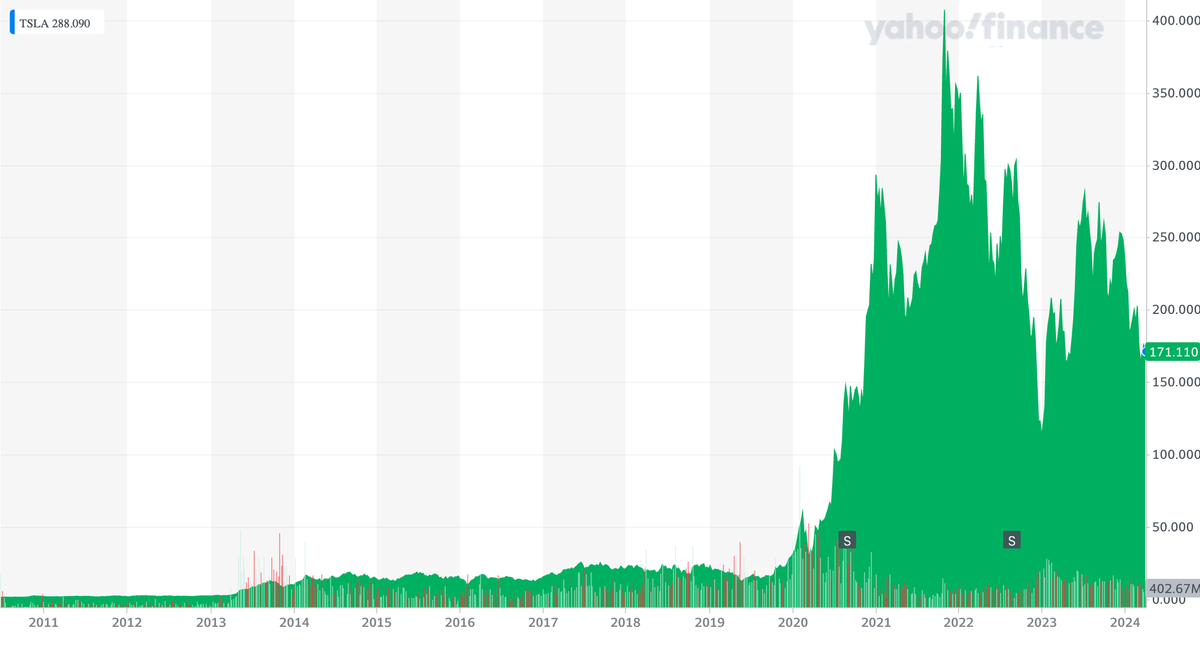Strategy? What do you mean?
Going beyond the chess metaphor with a real-world example of strategy mastery.

When trying to explain strategy, I often compare strategy with chess. A strategic plan equates to a game plan—a series of calculated moves. Like chess, strategy includes
- A board layout: This represents the market or business environment, with various elements positioned for strategic advantage or challenge.
- Phases of the game: Each phase—opening, middlegame, endgame—mirrors stages of strategic planning from initiation and development to execution and adaptation.
- Pieces with unique roles: Each chess piece has its strengths, weaknesses, and range of movement, akin to different resources or departments within a company. Just as a knight moves in an L-shape and a bishop diagonally, different parts of an organization have their unique capabilities and limitations.
- Responsive moves: Strategy, like chess, is dynamic. Your moves depend on the evolving state of play, requiring constant adaptation to competitors’ actions and changes in the business environment.
This analogy underscores strategy as a thoughtful process. It emphasizes preparation, knowing your resources, and reacting to shifts in the landscape.
But analogies can keep you in the realm of ideas. Not everyone is comfortable at that level. Many people never played chess or watched The Queen's Gambit 😉. That’s when I’ll pull the example of Tesla “secret” masterplan that Elon Musk shared back in 2006.
Yes, 18 years ago, he shared the Tesla master plan, which is still unfolding today. It’s a straightforward yet powerful strategy plan. Let’s peel the onion.
He can explain the strategy in a sentence. He does it without buzzwords or fluff. He makes clear decisions that everyone understands.
The strategy of Tesla is to enter at the high end of the market, where customers are prepared to pay a premium, and then drive down market as fast as possible to higher unit volume and lower prices with each successive model.
This sets a clear trajectory for their product, marketing, R&D, and operations:
- Product: Start by creating a premium car, then expand to more mass-market models.
- Marketing: Target a niche, high-end audience with the premium product.
- R&D: Focus on reducing costs progressively across subsequent models.
- Operations: aim to cut manufacturing costs for each new model and as production increases.
In the plan, he positions Tesla as a tech company. This is true not just in perception but also in investment strategy.
In keeping with a fast growing technology company, all free cash flow is plowed back into R&D to drive down the costs and bring the follow on products to market as fast as possible
In the end, the game plan has only four steps:
So, in short, the master plan is:Build sports carUse that money to build an affordable carUse that money to build an even more affordable carWhile doing above, also provide zero emission electric power generation options
I want to make clear why the Tesla Masterplan is a great example of a strategy plan: